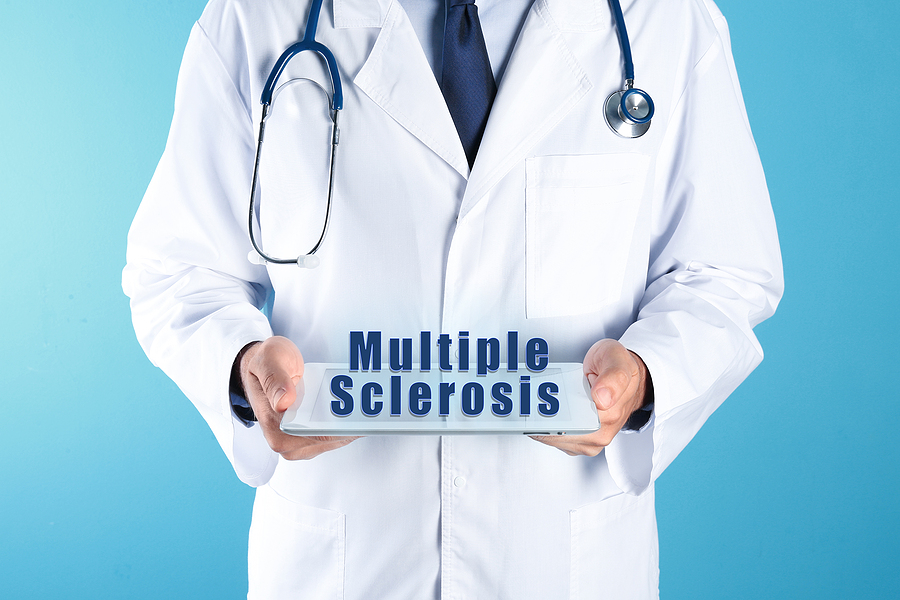MS: The often misunderstood condition
Despite the wealth of information available about MS, it’s often misunderstood, which can be frustrating for someone who has been diagnosed.
Here are a few things to know about the condition and how it can impact daily life.
It’s an autoimmune disease
The cells in our nervous system are covered in a protective fatty protein layer called the myelin sheath.
In MS, the immune system (which normally protects us from bugs and viruses) mistakenly attacks the nerve cells, damaging the protective sheath and triggering a process called demyelination.
Because of this process, MS disrupts the ‘messages’ travelling along nerve fibres to the brain, causing them to slow down, become distorted, or not get through at all.
There are many different symptoms
MS affects the brain and spinal cord and so can cause a wide range of symptoms that vary from person to person. In some cases, it can cause serious disability, although in others it can occasionally be mild.
The main symptoms include fatigue, limb weakness, difficulty walking, pain, vision problems, numbness and tingling in the body, problems with balance and issues with controlling the bladder.
Symptoms may come and go, or they can gradually get worse over time, depending on the type of MS you have. There are three types: relapsing remitting (RRMS), primary progressive (PPMS) and secondary progressive (SPMS).
Around 85% of people with MS are diagnosed with the first, RRMS, the MS Society UK say – where you have relapses followed by recovery. PPMS is usually diagnosed in people in their 40s, and for anyone with SPMS symptoms get steadily worse – but thanks to improved treatments fewer people are likely to get to this stage.
Hi friends. A few months ago I was diagnosed with MS. It’s been a strange journey. But I have been so supported by people that I know who also have this condition. It’s been a tough road. But as we all know, the road keeps going. Unless some asshole blocks it.
— christina applegate (@1capplegate) August 10, 2021
People are usually diagnosed young
MS is most commonly diagnosed in people in their 20s and 30s, and it’s the most common cause of disability in younger adults.
That said, it can develop at any age, and statistics show that it’s as much as four times more common in women than men.
Treatment has radically improved the outlook for people with MS
Although there is no cure for MS, advancements in treatment have meant that while living with the symptoms can be difficult, it is much more manageable than it once was, and individuals have a better overall quality of life.
The NHS say that the average life expectancy for people with MS is around five to 10 years lower than average, but the gap appears to be getting smaller as therapies aiming to treat progressive MS continue to be researched.
Charities like MS Society and MS Trust have more advice, support and information for anyone who is affected by MS, or if you simply want to know more about the condition.
Good morning! We hope you had a nice weekend.
If MS is on your mind, remember – our MS Helpline is there for you and can provide information and support:
☎️0808 800 8000📧helpline@mssociety.org.uk pic.twitter.com/wyRI9dSO42
— MS Society UK (@mssocietyuk) November 14, 2022
The Press Association
Latest posts by The Press Association (see all)
- Best spring-to-summer plants to fill the colour gaps - April 15, 2025
- Catherine tells how ‘spiritual’ connection with nature gives her peace in busy world - April 15, 2025
- Why weeds are worth cultivating – and eating - April 14, 2025
- 5 top tips for cleaning your tech, from phones to laptops - April 14, 2025
- President and political leaders hail McIlroy’s thrilling Masters victory - April 14, 2025




















